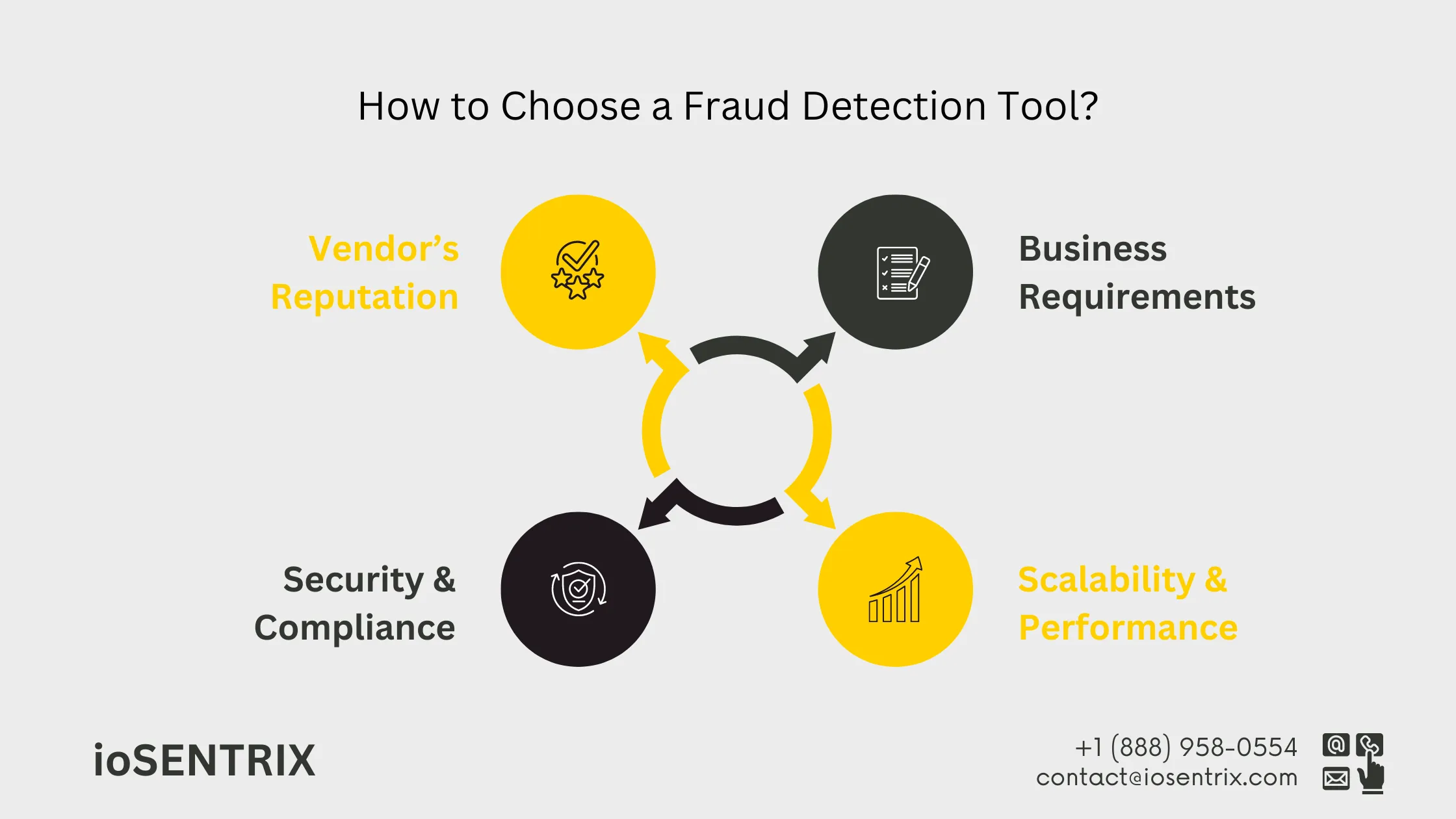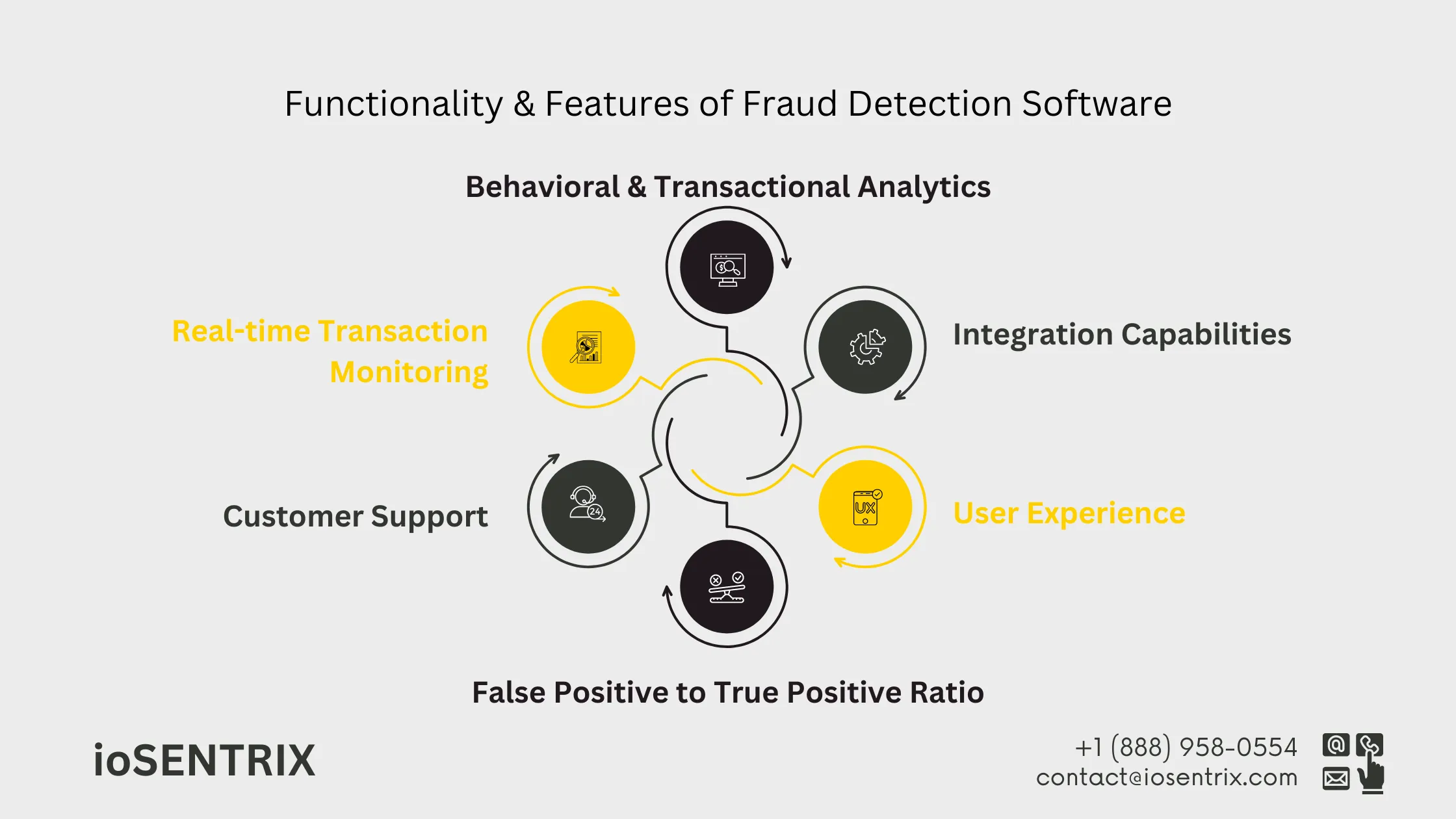
In times of economic uncertainty, businesses often encounter more risks to their daily operations. These risks include disruptions in the supply chain, difficulties in retaining staff, and increased cyber threats. In the year 2023, there has been a rise in fraudulent activities as scammers take advantage of the current situation by using advanced tools.
Based on a study by Juniper Research in 2022 about fighting online payment fraud, it is predicted that there will be over $343 billion in global payment fraud losses from 2023 to 2027. To safeguard against this, financial institutions (FIs) are actively upgrading their fraud detection techniques to shield themselves and their clients from financial harm.
“Fraud detection involves recognizing criminal actions that suggest someone may be trying to steal money, data, or resources. This is typically done using special software that watches over transactions, applications, APIs, and how users act.”
Fraud is a common issue that ranges from credit card theft to investment scams, account takeovers, and money laundering. The Association of Certified Fraud Examiners (ACFE) estimates that on average, US businesses lose more than $1.5M per fraud case. Additionally, the Federal Trade Commission (FTC) reported that in 2023, US consumers fell victim to fraudsters, resulting in a loss of over USD 10 billion.
Due to the serious consequences of fraud on people and the economy, the ability to detect fraud is crucial in industries that involve a lot of transactions, like e-commerce, banking, insurance, government, and healthcare.
Many companies have a specialized team that focuses on preventing fraud. This team typically conducts a risk assessment, which assists in identifying the specific business areas that could potentially be vulnerable to various types of fraud.
The team assesses various methods to prevent and detect fraud based on the type and seriousness of the threats. Some common techniques for fraud detection are listed below:
In the process of transaction monitoring, the initial step involves the risk assessment of each customer by looking at their profile, such as their business operations, whereabouts, and past transactions. This evaluation assists in identifying the potential risk level connected to each customer.
Customers considered to be high risk are closely monitored, as they are more likely to be involved in illegal activities like terrorist financing and money laundering. This increased security helps ensure that any suspicious transactions are timely identified and dealt with accordingly.

A successful fraud detection system relies on accessing the correct data sources for precise and thorough fraud analysis. These sources may consist of internal and external data. Internally, companies should take into account transaction data, customer profiles and histories, as well as employee records. Externally, organizations can gather information from social media, government databases, and third-party data sources.
Numerous companies currently utilize artificial intelligence and machine learning to enhance their fraud detection abilities. One example is a neural network, a type of machine learning model, that can swiftly examine transactions, analyze data, and identify or anticipate fraudulent activities more effectively than conventional fraud detection methods.
The US Federal Reserve created a tool called the FraudClassifier Model to assist companies in identifying various fraud types accurately. This tool categorizes fraud based on the person making the payment, the strategies used to commit the fraud, and the techniques employed. The FraudClassifier Model uses a simple and easy-to-understand system for classifying fraud, which allows institutions, companies, and fraud detection providers to communicate effectively about existing threats and develop successful anti-fraud strategies.
This happens when someone unauthorized gets hold of another person’s credit card details and uses them to buy things or take out money. The legitimate card owner usually finds out about the theft and asks for a chargeback. In such cases, the merchant loses the product or service value along with the purchase amount, and the bank could charge a fee for the chargeback.
This form of fraud often occurs due to identity theft, hacking, or successful phishing scams. Criminals steal a user’s login information and misuse their account to carry out fraudulent activities, such as unauthorized transactions. Common targets are bank accounts, online stores, payment platforms, government portals, and gambling websites.
A common term for dishonest transactions carried out with stolen or fake payment details. Fraudsters may use counterfeit checks, stolen credit card information, hijacked electronic transfers, or fake accounts to engage in payment fraud.
To know how you can secure your payments against such frauds, read our Blog: What is a Secure Payment System?

Money laundering is a method used to make illegally obtained money appear legitimate by hiding its criminal origin. This allows fraudsters to use the money without being traced back to their criminal activities, especially when stolen through fraudulent transactions.
Anyone within an organization that is familiar with its IT systems, processes, data and security protocols could be an insider threat. Employees, contractors, business partners and vendors might commit insider fraud for monetary gain or intellectual property theft.
Every business faces unique risks and challenges, and understanding what exactly you are trying to protect against is the first step toward selecting the right software. Consider factors such as the volume and value of transactions, the types of fraud your industry is prone to, and the specific regulatory compliance requirements you must adhere to.
For Example, if you are a financial institution dealing with high-value transactions, you may require software that specializes in detecting advanced financial fraud schemes. On the other hand, if you are an e-commerce business, you may need software that focuses on identifying online payment fraud and account takeovers.
Detecting fraud quickly is a difficult task that needs advanced software. Customers now expect fast responses to fraud. According to McKinsey (Global Consulting Firm), customers appreciate quick reactions to fraud incidents and safeguarding their accounts from future fraud.
The ideal tool should handle large amounts of transaction data and complex situations, especially for firms working in various regions or with wealthy clients. It should be able to expand rapidly without sacrificing accuracy when needed.

A fraud detection system must follow fraud, anti-money laundering, and counter-terrorist financing regulations (AML/CFT) and maintain high data security. Failure to comply with these rules can lead to harm to a company’s reputation, financial fines, and even imprisonment.
When looking into vendors for top fraud detection software, it’s wise to ask for case studies and feedback from clients facing similar challenges in your industry. Understanding your business needs is crucial as the first step.
Additional inquiries to pose to a potential vendor are:
Can the system generate automated reports for your audit trail?
Are there ‘plug-and-play’ features like ready-made rule libraries to streamline setup?
Is there a sandbox area to test new rules?
Does the package encompass routine software updates, maintenance, and continuous customer support?
Real-time Transaction Monitoring: Real-time transaction monitoring is essential for detecting fraudulent patterns and anomalies in transaction data using advanced analytical tools and algorithms. This enables financial institutions to identify fraud and scams instantly and prevents any money from leaving the victim’s account.
False Positive to True Positive Ratio: Verify with the software provider how their solution validates transactions, manages false positives, and ensures optimal approval rates.
Behavioral and Transactional Analytics: Opt for fraud detection solutions that use behavioral analytics to flag unusual activities for further investigation.
User Experience: A user-friendly interface improves ease of use, boosts efficiency, and promotes adaptability and collaboration among different departments.

Customer Support: Ensure the software provider offers accessible support for any difficulties or inquiries. The vendor should clarify the expected technical support, average response time, and other relevant conditions.
Integration Capabilities: Consider the average integration time and ease of integration. Research reviews on websites like Gartner Peer Insights, Capterra, G2crowd, and FinancesOnline to understand common issues and pitfalls.
ioSENTRIX prioritizes creating a secure digital environment. Our application and API security solutions streamline the complexity of managing hybrid and multi-cloud environments. By consolidating protection for applications and digital services and enforcing consistent security policies, we help organizations enhance security and reduce operational challenges.
Our solutions enable secure connections within a single cloud provider or across multiple providers. This approach ensures secure and efficient connections for distributed digital services, providing end users with superior security, availability, and performance.
Contact us now to protect your businesses from advanced fraud techniques.